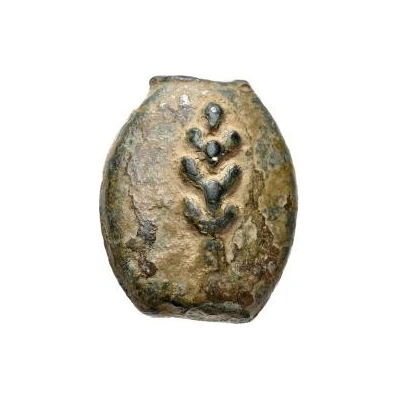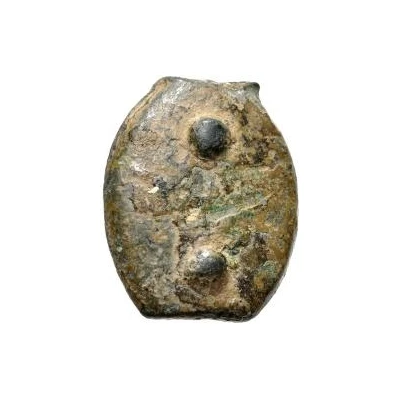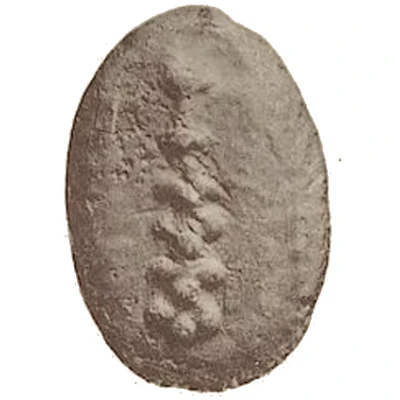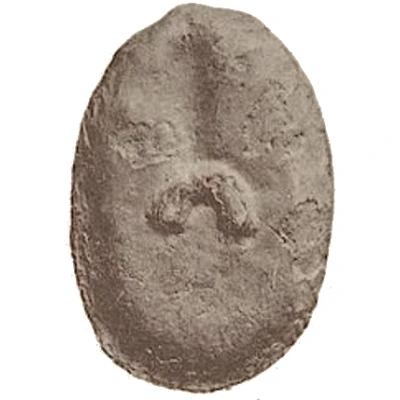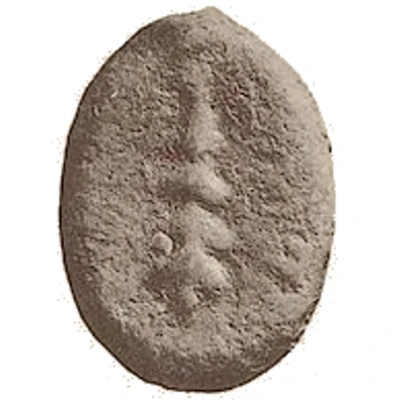
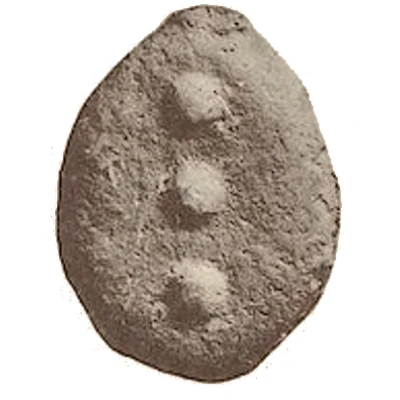

© Ernst Haeberlin; 1910. "Aes Grave". Joseph Baer, Frankfurt, Germany (CC0)
1 Quadrans 225 BC - 213 BC
| Bronze | 58.70 g | - |
| Issuer | Umbrian uncertain city |
|---|---|
| Type | Standard circulation coin |
| Years | 225 BC - 213 BC |
| Value | 1 Quadrans = ¼ As |
| Currency | As (circa 225-213 BC) |
| Composition | Bronze |
| Weight | 58.70 g |
| Size | 39 mm |
| Shape | Oval |
| Technique | Cast |
| Demonetized | Yes |
| Updated | 2024-10-10 |
| Numista | N#182388 |
|---|---|
| Rarity index | 100% |
Reverse
Three dots.
Edge
Plain
Comment
This type measures around 28x39 millimetres.These coins were originally attributed to being from Umbria; however, some sources suggest these are actually from Volsinii, Etruria, since that city is near the centre of the majority of the spot-finds if any outliers are ignored.
Interesting fact
The Quadrans coin was used in ancient Italy during the Roman Republic and was equivalent to one-fourth of a Roman As, which was the standard unit of currency at the time. The Quadrans was made of bronze and had a distinctive design that featured the head of a mythical creature called a gorgoneion, which was a symbol of the city of Umbria. The coin was used for everyday transactions and was also used to pay taxes and debts. Despite its small value, the Quadrans was an important part of the Roman economy and was widely used throughout the empire.
